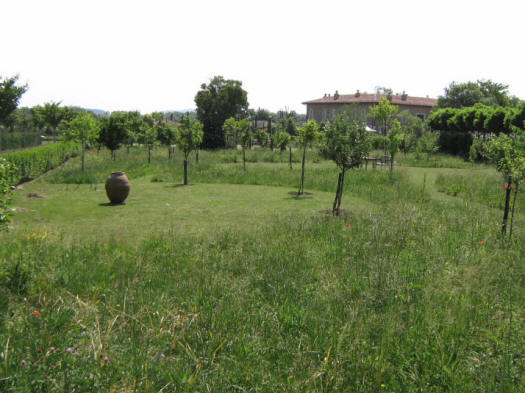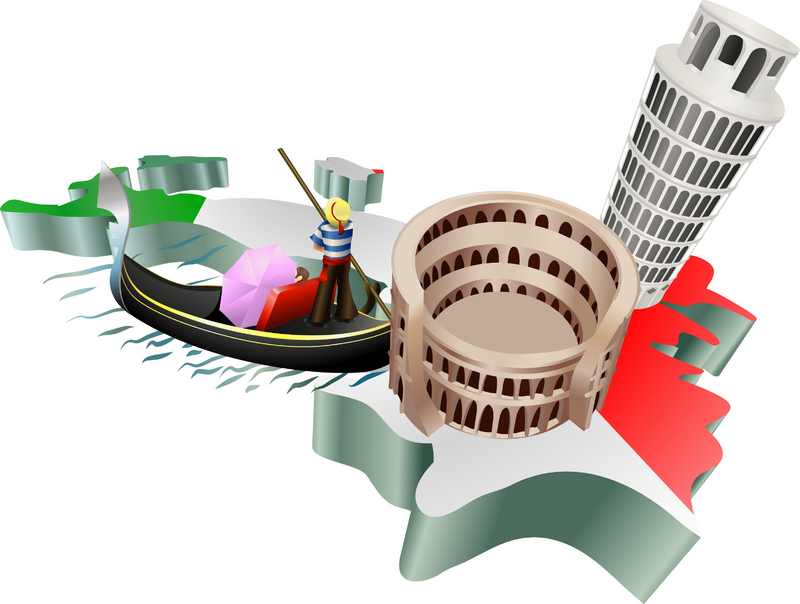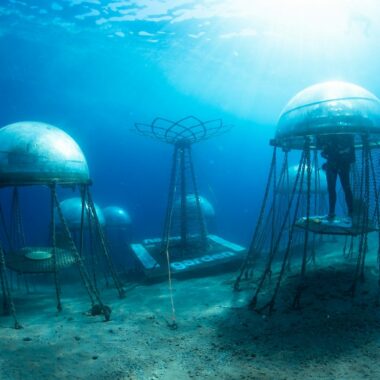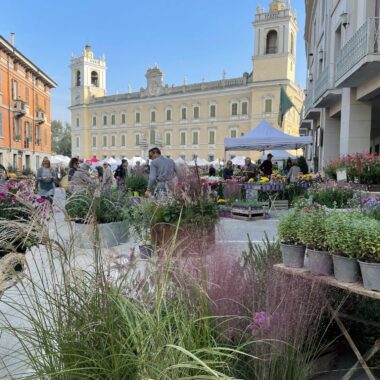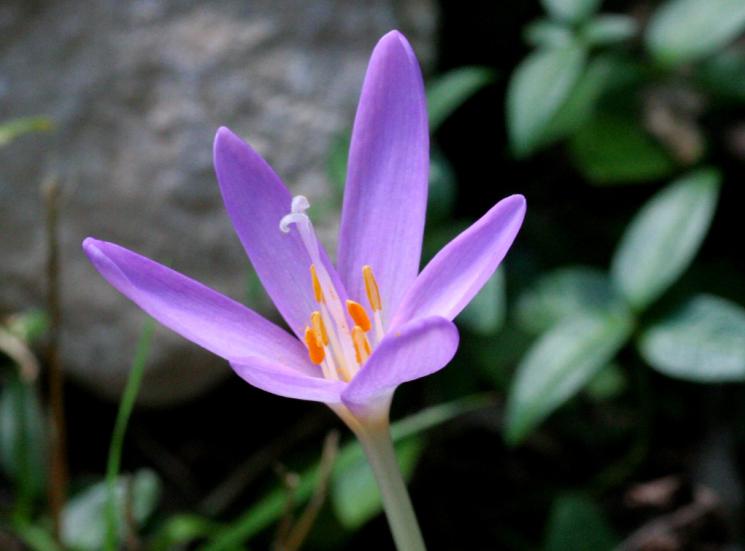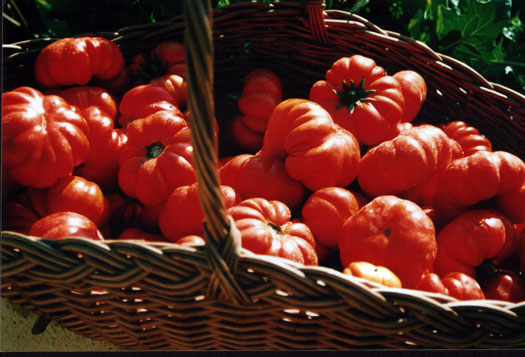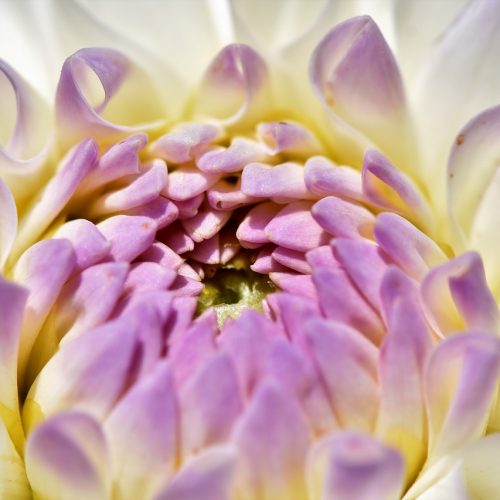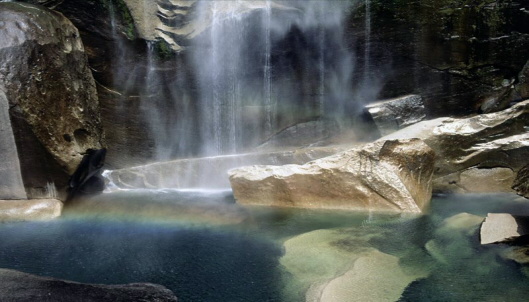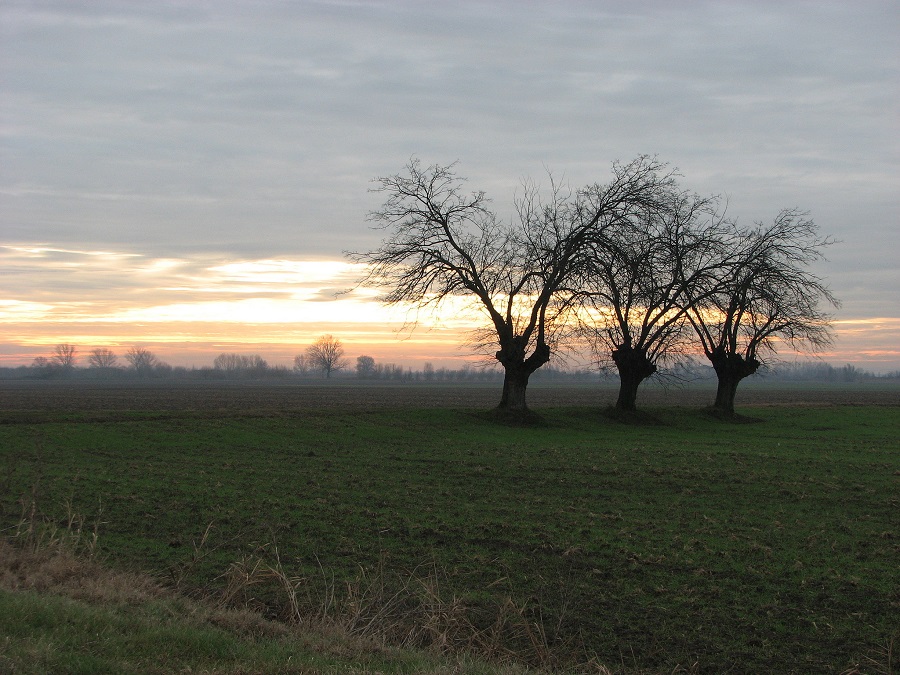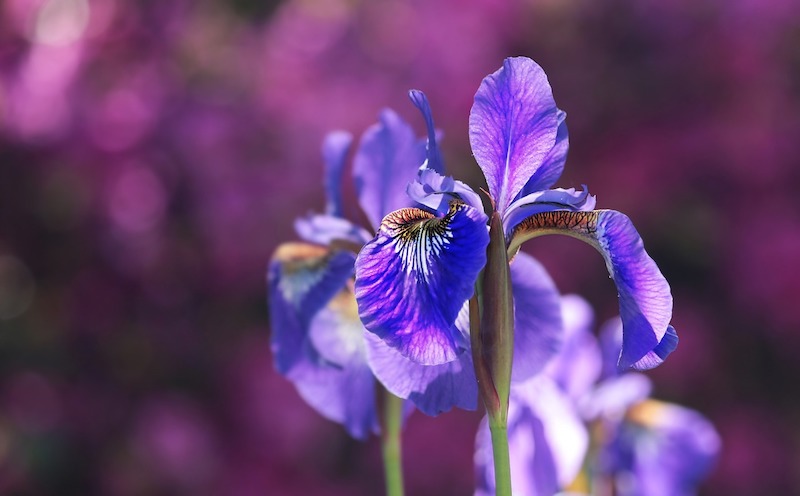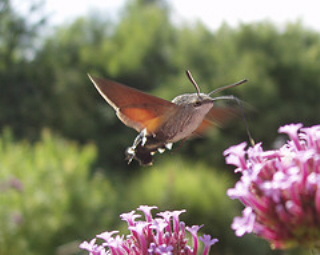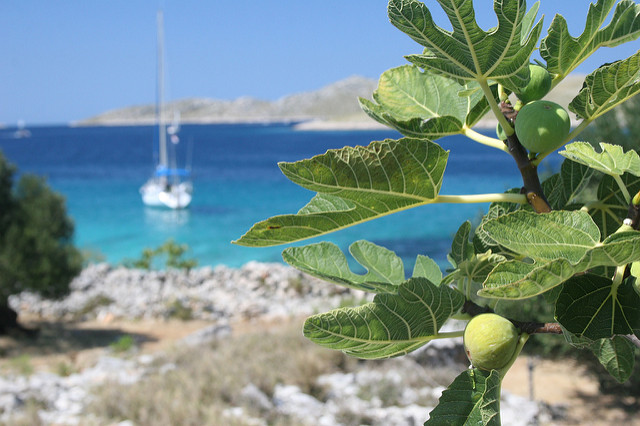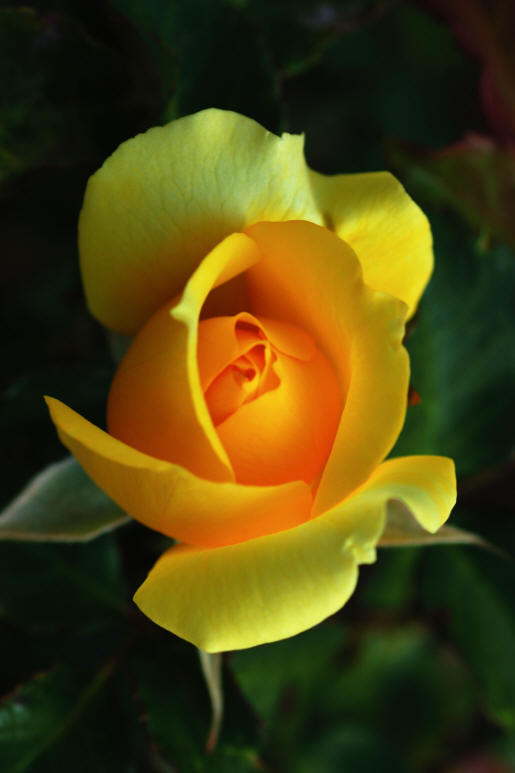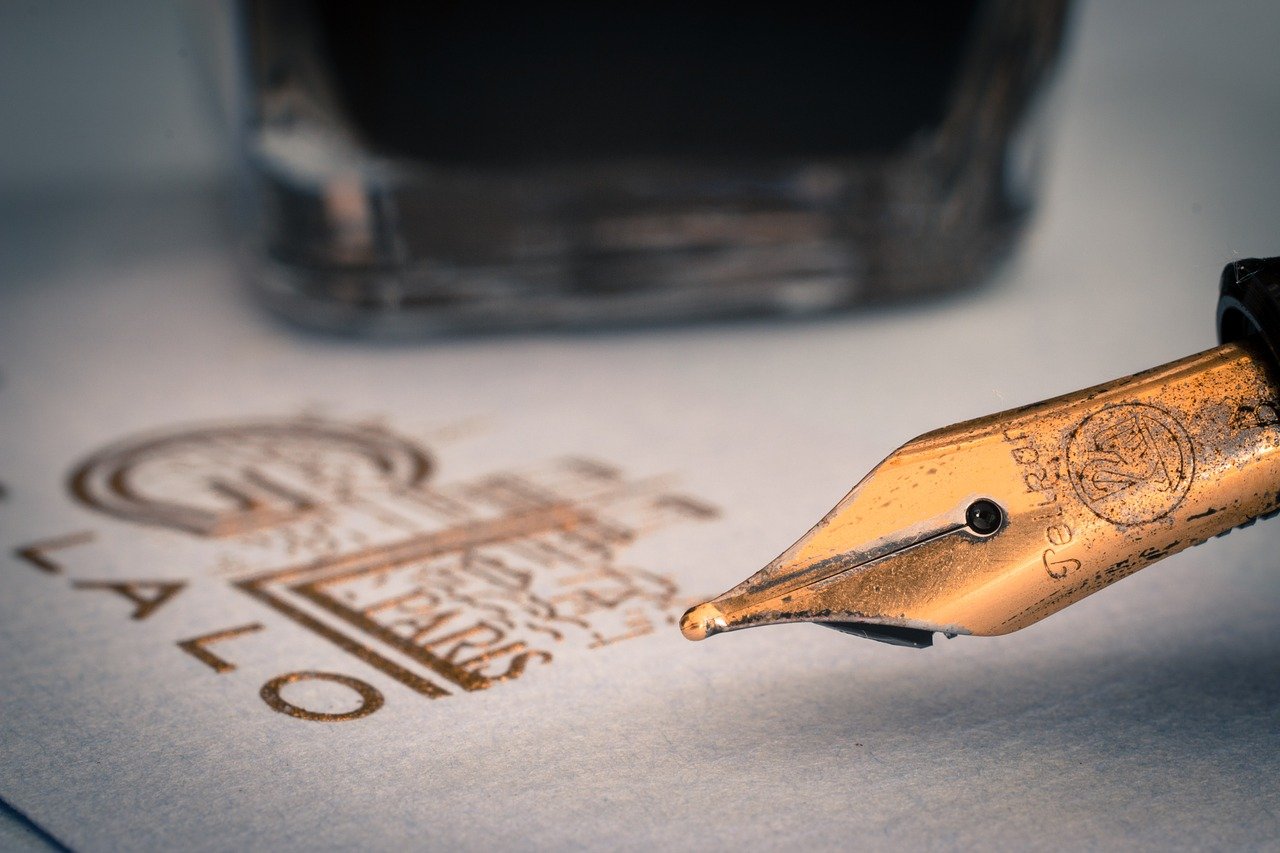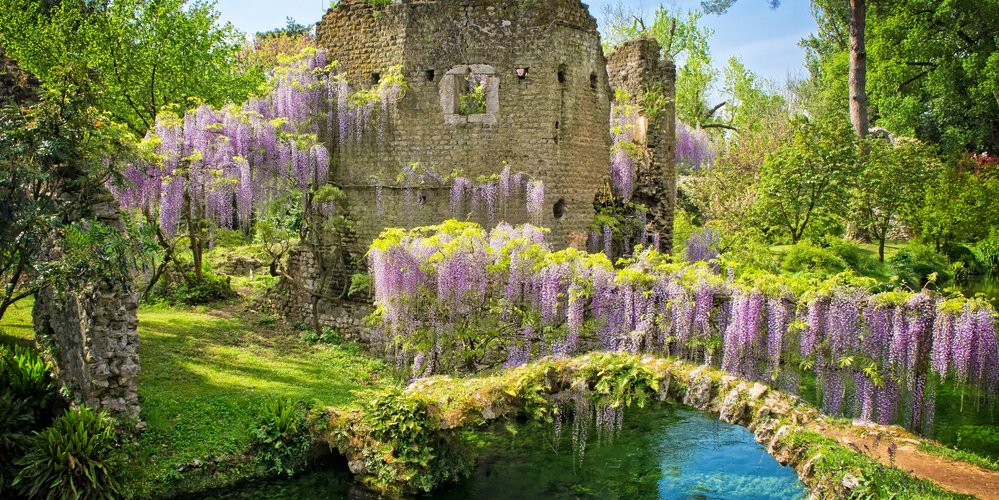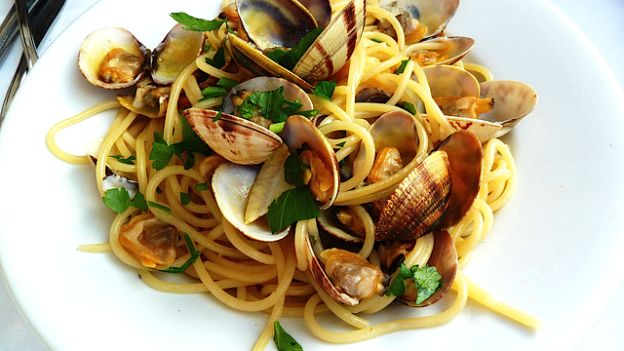Interpreting Italian Garden Style Correctly
The Italian garden presents the garden designer in Italy with many
nuances and various strong symbols that for many people symbolize Italy
and everything Italian. Many garden design themes have been drawn from
the Italian garden style over the years. However, just as many of the
rest of the world’s representations and perceptions of the typical Italian
garden style are correct, many can be overemphasized and can often easily
be overdone when designing an Italian garden.
Above: Examples of pretentious Italian sculpture
I often see the use of elaborate sculpture as a compulsory element
of Italian garden design, especially in the United States, it appears.
There have been certain, glorious periods during Italy’s grand history
that have placed a strong emphasis on the use of sculpture, particularly
the Renaissance period. During the Italian Renaissance, from the 14th
to the 16th century, artists were given great exposure and sculpture
was a fundamental element in garden designs all across Europe in that
period.
Sculptures carved painstakingly from marble, limestone and alabaster
filled the gardens in this period and suited the style, grandeur and
classicism of such early Italian gardens perfectly.
In this modern day, however, such grand pieces of Renaissance sculpture
can only be highlighted and appreciated fully if the context of the
garden in which they find themselves can merit their presence. As a
garden designer living here in Italy I see sculpture being overused
in gardens, which lack the necessary style, all too often. Unless one
has created a formal, classical Italian garden with strong and precise
styling such specific Renaissance sculpture should be used with discretion,
in my opinion.
Above: Subtle examples of peasant sculpture
I personally enjoy the use of a more rustic style of Italian sculpture,
using more natural, less elaborate materials or natural stone; like
terracotta for example. Terracotta, by it’s very name (baked earth)
suggests by far the most harmonious and natural material within the
garden context. Large terracotta vases, amphora and other obtuse shapes
can look stunning in a the kind of informal Italian garden that is now
very popular here in Italy. Natural garden design in Italy now picking
up on the more humble aspects of the period that stretched from the
Renaissance to this day. The farming life that has made the humble peasant
cuisine so popular today has also influenced modern garden design in
Italy.
Above: an example of a natural Italian garden
There is now a strong emphasis upon the roots of the garden culture
and it’s importance as a garden design influence is now a major factor
in this fast and frenetic world in which most of us live. The contact,
awareness and harmony with the land that the Italian peasant farmers
enjoyed is now being recognized by modern ecological trends and the
natural gardening movement across the world. The need to interact more
concisely with natural cycles, the use of organic medicinal plants and
the provision of fresh culinary herbs now calls for a more humble approach
to Italian garden design- sculpture included!


